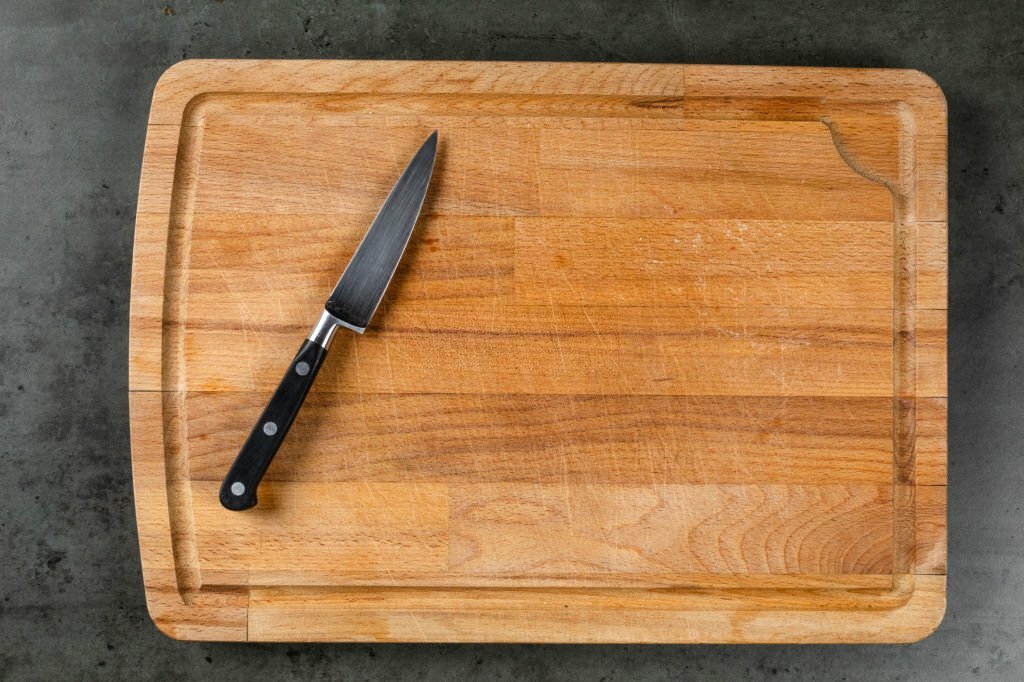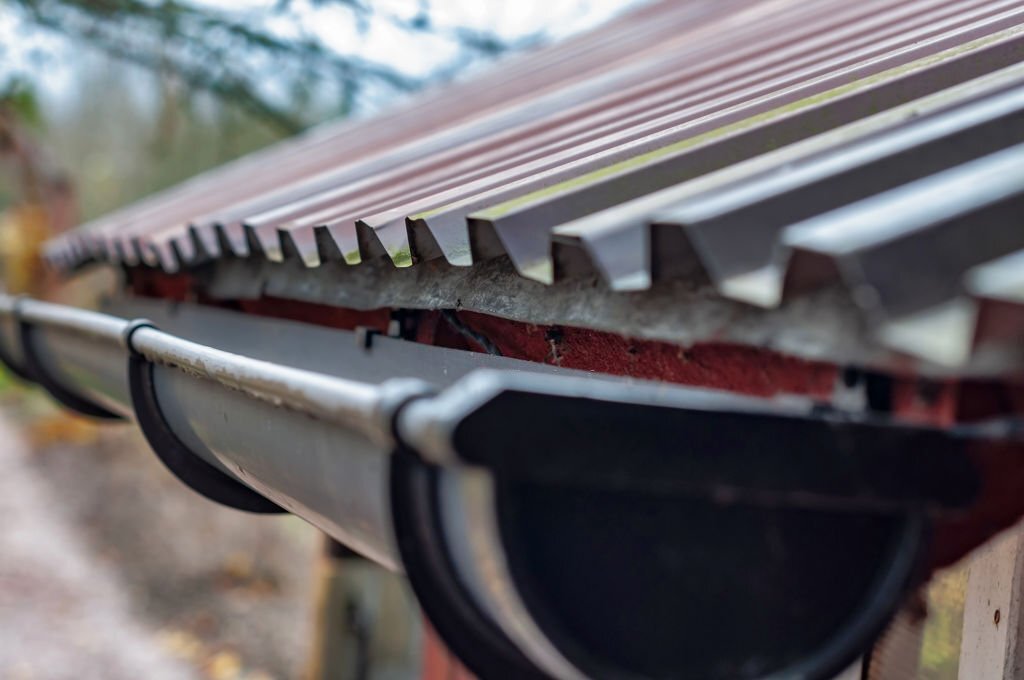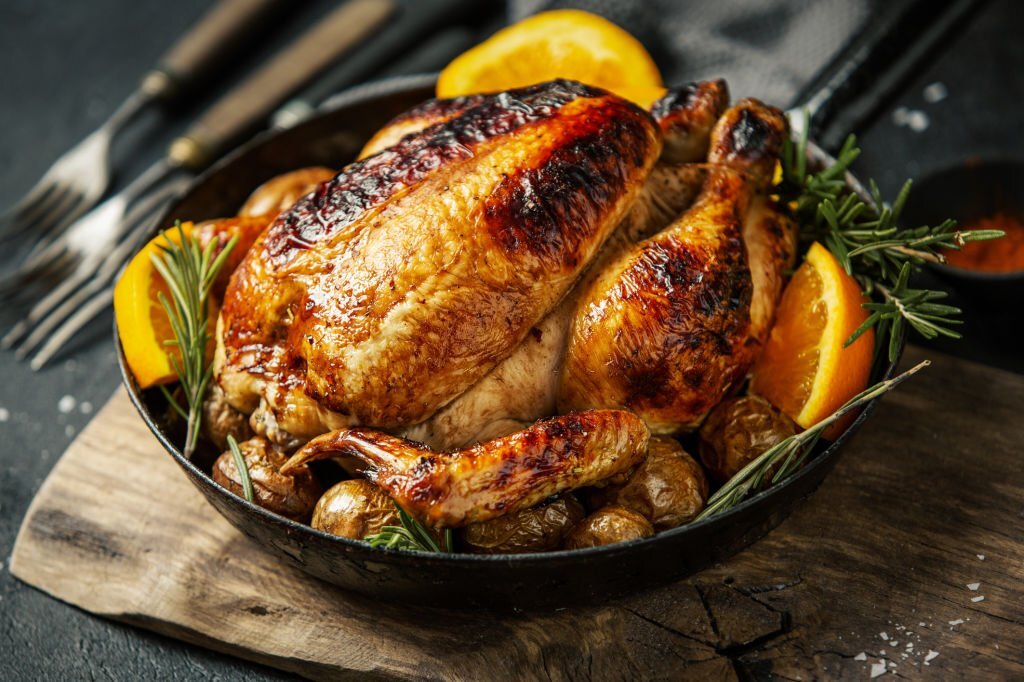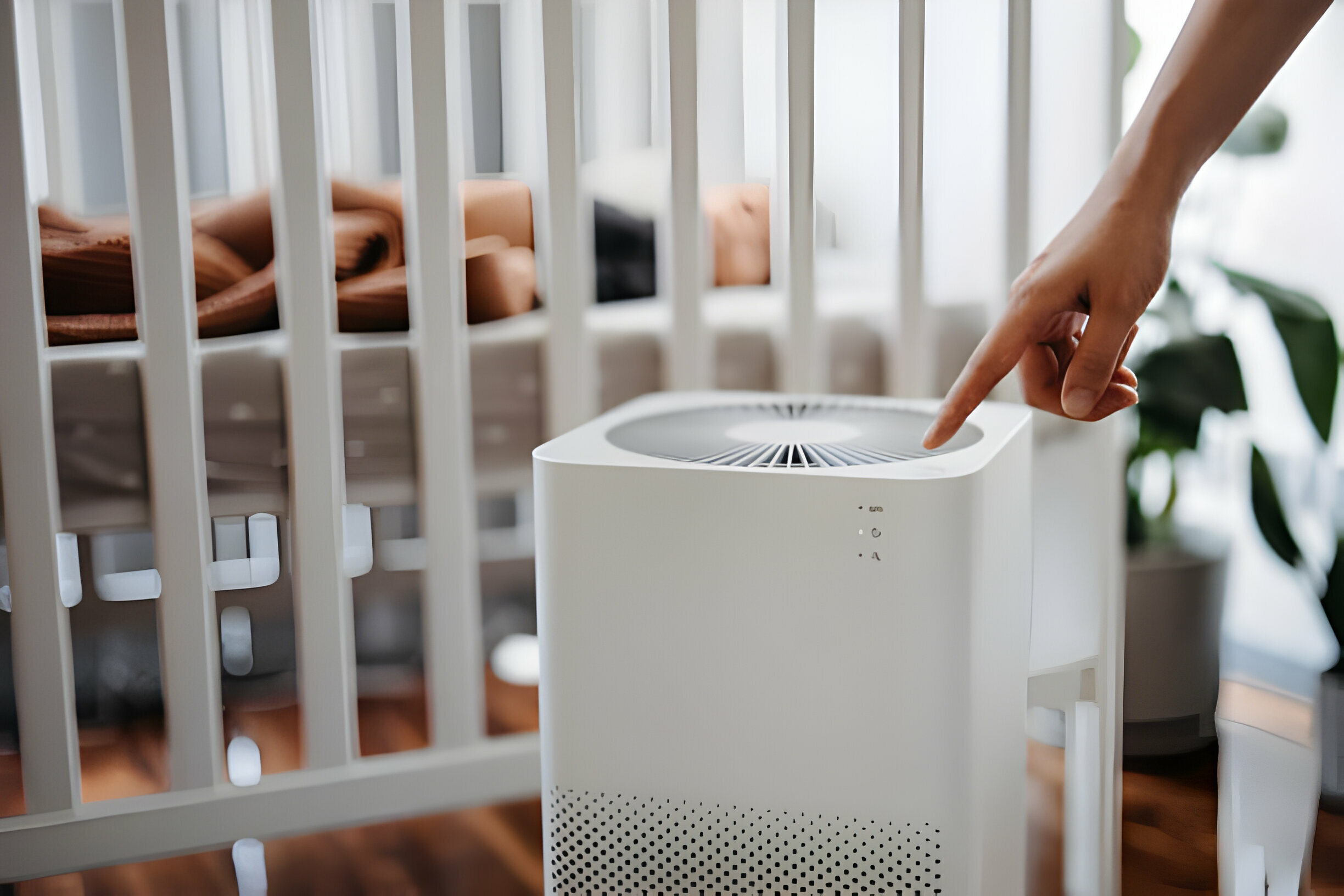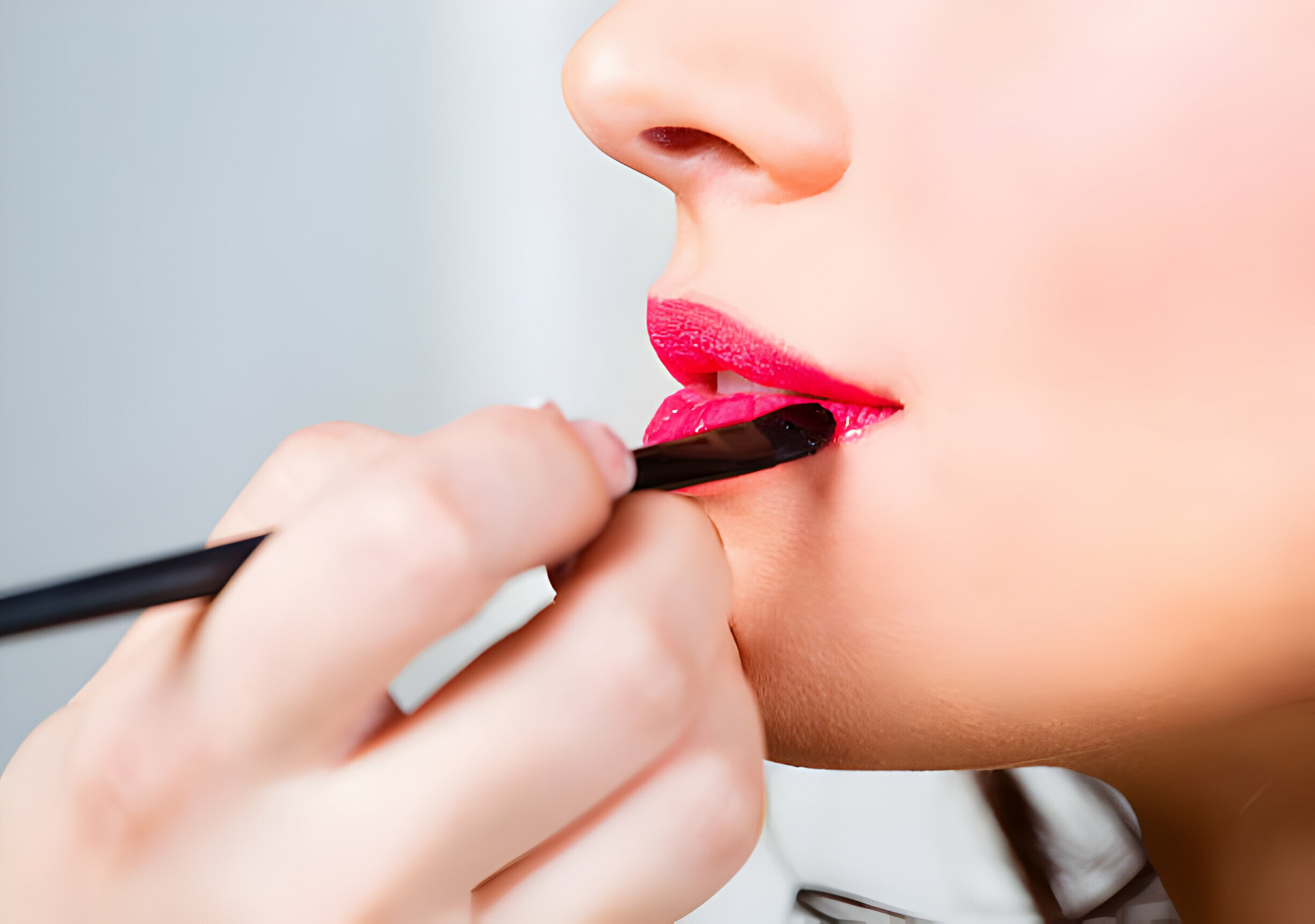When Must A Knife Be Cleaned And Sanitized?
- Why Clean And Sanitize Knives?
- Cleaning vs Sanitizing: What’s the Difference?
- When Must A Knife Be Cleaned And Sanitized?
- Before First Use: Prepping Your New Knife
- After Each Use: Keeping Your Knife In Top Shape
- Between Different Foods: Avoiding Cross-Contamination and Flavor Mixing
- After Cutting Raw Meat, Fish, or Poultry: A Must-Do for Food Safety
- When It Looks Dirty or Smelly: Trusting Your Senses for Kitchen Safety
- Weekly Deep Clean: Going the Extra Mile for Ultimate Knife Care
- How To Properly Clean And Sanitize: A Step-By-Step Guide
- Benefits Of Cleaning Our Kitchen Knife: Small Steps, Big Rewards
- FAQs
- conclusion
You’re in the kitchen, chopping up some vegetables for dinner or slicing meat for a barbecue. You look down at your knife, and it hits you: When Must A Knife Be Cleaned And Sanitized? It’s not just about keeping your kitchen looking good. It’s about keeping you and your loved ones safe and healthy.
In this article, we’ll go over the key times when a knife needs to be cleaned and sanitized, as well as how to do it correctly. So, read on to find out how to make sure your kitchen isn’t just a place for cooking but also a sanctuary for good health.
Why Clean And Sanitize Knives?
Clean your knives regularly to prevent cross-contamination, which occurs when bacteria from one food item get transferred to another. This can lead to food poisoning if you use the same knife for different dishes. Dirty knives can also introduce unwanted flavors and smells into your food, making it less tasty.
Additionally, improperly cleaned knives can lead to health issues like foodborne illnesses. Unclean knives are a hotbed for bacteria, making it crucial to clean them properly to prevent illness. Therefore, sanitizing your knives is not just a necessary step but a must-do for maintaining a safe and enjoyable kitchen. It’s essential to follow the guidelines provided to ensure proper care and maintenance of your knives.
Cleaning vs Sanitizing: What’s the Difference?
You might have heard the terms “cleaning” and “sanitizing” used interchangeably, but they’re two separate steps in the hygiene process. Knowing the difference can help you make your kitchen not just look clean but be a germ-free environment.
Cleaning
Cleaning is the act of removing visible dirt, debris, and grime from a surface. In the case of knives, this usually means washing the blade, handle, and any other parts with soap and water. This step removes food particles, grease, and other visible contaminants from the knife. But remember, a clean-looking knife isn’t necessarily a germ-free knife.
Sanitizing
Sanitizing takes cleanliness one step further by killing bacteria and other microorganisms that can’t be seen with the naked eye. After you’ve cleaned your knife, sanitizing it ensures that it’s as germ-free as possible. You can sanitize a knife by soaking it in a solution of bleach and water, using a food-safe sanitizer, or even running it through a high-temperature dishwasher cycle, depending on the knife’s material and manufacturer’s instructions.
When Must A Knife Be Cleaned And Sanitized?
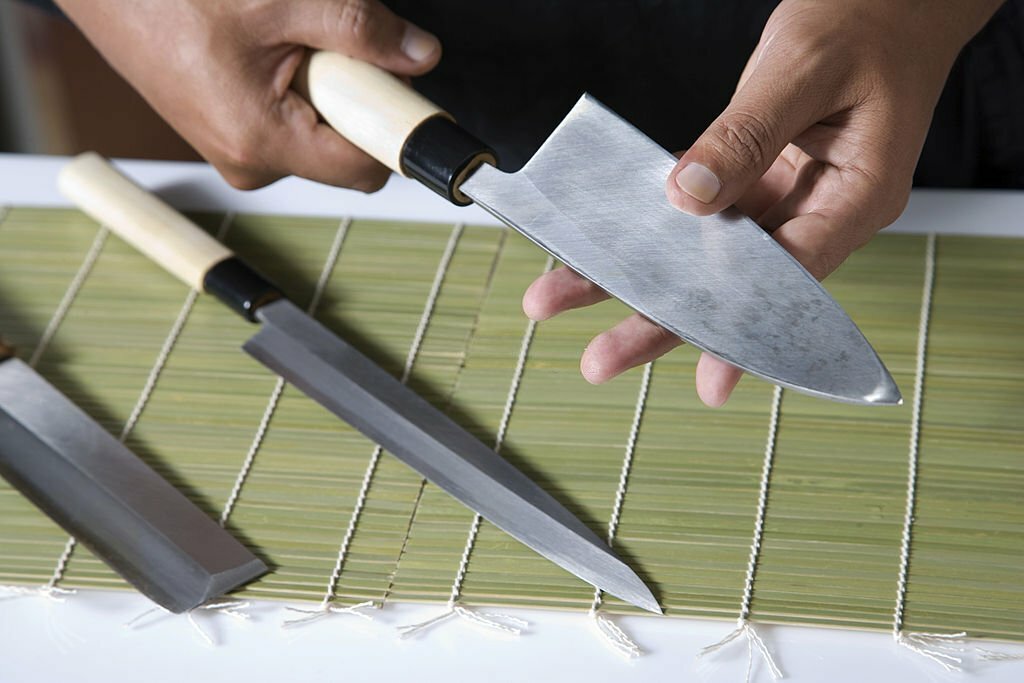
When must a knife be cleaned and sanitized
Before First Use: Prepping Your New Knife
New knives can bring culinary creativity but should be thoroughly cleaned to avoid manufacturing residues like oils or protective coatings. Start by washing the knife with soap and hot water, and scrubbing the blade and handle to remove visible grime and residues. Pay attention to crevices where residues might hide. After cleaning, sanitize the knife using a food-safe sanitizer or diluted bleach solution. Soak the blade briefly, rinse it off with hot water, and dry it thoroughly to prevent rust, especially if made from carbon steel.
Your new knife is ready for action, free from manufacturing residues, and as clean as possible. You can now slice, dice, and chop with confidence, knowing your tool is sharp and safe for food preparation. Learn more about maintaining your knife’s cleanliness for every cooking task ahead.
After Each Use: Keeping Your Knife In Top Shape
After chopping onions or slicing steaks, it’s crucial to clean your knife blade immediately after each use to maintain hygiene and longevity. Start by washing the blade with soap and warm water, and scrubbing both sides and the handle, especially where food particles may get stuck.
Rinse off the soap with hot water to remove all residues. The knife needs to be sanitized, either by soaking it in a solution made from water and bleach or using a food-safe sanitizer. If the knife is dishwasher-safe, run it through a high-temperature cycle. After sanitizing, dry the knife thoroughly with a clean towel to prevent rusting, especially if the blade is made of carbon steel. Some even use a hair dryer to ensure all moisture is removed.
Between Different Foods: Avoiding Cross-Contamination and Flavor Mixing
When switching between food items, it’s essential to clean and sanitize your knife to prevent cross-contamination and unwanted flavors. Rinse off large food particles, and wash the blade and handle with soap and warm water, focusing on areas like the handle or blade’s base. After cleaning, sanitize the knife with a diluted bleach solution or food-safe sanitizer, or if your dishwasher is dishwasher-safe, use that option.
Dry the knife thoroughly after sanitizing to prevent water from rusting over time. This practice helps prevent bacteria from transferring from one food item to another and prevents strong flavors or smells from one ingredient from seeping into another. Remember to dry your knife thoroughly after sanitizing it to prevent rust on your kitchen tools.
After Cutting Raw Meat, Fish, or Poultry: A Must-Do for Food Safety
Raw meat, fish, and poultry are high-risk foods due to their potential presence of harmful bacteria like Salmonella or E. coli. Cross-contamination is a risk when using the same blade for other foods. To prevent this, it is essential to clean and sanitize your knife after handling raw proteins. Rinse any visible particles under warm water, then thoroughly wash the knife with soap and warm water, ensuring all parts come in contact with the raw food.
Sanitize the knife using food-safe sanitizer a diluted bleach solution, or even a separate solution for knives used on raw proteins. Rinse the knife again with hot water to remove any residue and dry it completely to prevent rust, especially if made from carbon steel.
Handling raw meat, fish, or poultry is a serious matter, and proper knife care is crucial. This not only minimizes the risk of foodborne illnesses but also ensures a safe kitchen for preparing delicious meals.
When It Looks Dirty or Smelly: Trusting Your Senses for Kitchen Safety
If your knife appears dirty or smells off, it’s time for a thorough cleaning and sanitization. Ignoring these signs can lead to bad-tasting food and potential health risks like foodborne illnesses. Rinse the knife thoroughly with soap and warm water, ensuring all parts are clean, including the blade, handle, and crevices.
Sanitize the knife with a diluted bleach solution or food-safe sanitizer, soaking the blade for a few minutes. Rinse off any sanitizer residue with hot water and dry the knife thoroughly to prevent moisture from rusting or degradation, especially if the blade is made of materials like carbon steel. Trust your senses in maintaining kitchen hygiene and give your knife the necessary cleaning and sanitizing.
Weekly Deep Clean: Going the Extra Mile for Ultimate Knife Care
A weekly deep clean is essential for maintaining the quality of your knives and ensuring safety. It involves soaking your knives in warm, soapy water for a few minutes to loosen stubborn food particles or grime. Scrub the knives with a soft brush or sponge, paying special attention to the handle and blade base. Rinse off the soap and use a stronger sanitizing solution for about 10 minutes to kill off as many germs as possible. If your knives have wooden handles, condition them with mineral oil to prevent drying and cracking.
Apply the oil using a soft cloth and let it soak before removing the excess. Rinse the knives thoroughly with hot water to remove residues. Dry them well before storing them. If you have a knife block or magnetic strip, ensure they are clean before storing them. A weekly deep clean not only prolongs the knife’s life but also maintains a high standard of kitchen hygiene, ensuring they are not only visibly clean but also sanitized to the core.
How To Properly Clean And Sanitize: A Step-By-Step Guide
Cleaning and sanitizing your knives might seem straightforward, but doing it correctly is crucial for both the longevity of your knives and the safety of your food. Let’s go through the steps in detail:
Step 1: Rinse
Begin by rinsing your knife under warm running water. This helps remove any loose food particles, making the cleaning process easier.
Step 2: Soap Up
Apply a few drops of dish soap to a sponge or dishcloth. Hold the blade carefully, angled away from you, and scrub both sides. Extend the scrubbing to the handle and other parts of the knife.
Step 3: Rinse Again
After you’ve scrubbed the knife with soap, rinse it thoroughly under hot water. Please ensure all soap residues are gone, as they can affect the taste of your food.
Step 4: Sanitize
Now it’s time to sanitize. Prepare a solution of either food-safe sanitizer or diluted bleach. Submerge the blade into the solution for a few minutes to ensure all germs are killed.
Step 5: Final Rinse
Rinse the knife again with hot water to remove any traces of the sanitizing solution.
Step 6: Dry
Dry the knife immediately with a clean towel. If you want to be extra cautious, you can also use a hair dryer to make sure all moisture is gone, which is especially useful for knives made of carbon steel that are prone to rusting.
Step 7: Store Properly
Once the knife is clean and dry, store it in a knife block, magnetic strip, or a protective sheath. Make sure the storage area is also neat to prevent re-contamination.
Benefits Of Cleaning Our Kitchen Knife: Small Steps, Big Rewards
Cleaning your kitchen knife might feel routine, but the advantages are numerous and far-reaching. Let’s get straight to the point—here are some key benefits of keeping that blade sparkling clean:
- Keeps Your Knife Performing Well: Consistent cleaning keeps your knife’s blade sharp and effective. A well-maintained knife makes food preparation faster and reduces the effort you need to make precise cuts.
- Protects Your Health: When you clean and sanitize your knife, you ward off harmful bacteria and viruses. This crucial step minimizes the risk of cross-contamination, helping to prevent foodborne illnesses.
- Ensures Accurate Flavors: Nobody wants their fruit to taste like garlic or cake with a hint of onion. Cleaning your knife between different types of food guarantees that flavors don’t mix inappropriately.
- Boosts Your Kitchen Efficiency: A clean knife is easier and safer to use, boosting your efficiency in the kitchen. You spend less time struggling with food sticking to the blade or a slippery handle and more time enjoying the cooking process.
- Saves Money in the Long Run: A clean knife is less likely to rust or degrade, saving you the cost of frequent replacements. Consider it an investment in the longevity of your kitchen tools.
- Adds Enjoyment to Cooking: There’s a certain satisfaction in using a clean, sharp knife. It adds to the pleasure of cooking, making you more likely to experiment with new dishes and techniques. Taking care of your knife isn’t just a good habit; it’s a game-changer for your kitchen activities. A little effort goes a long way in ensuring that your food tastes good, your health is protected, and your cooking experience is enjoyable.
FAQs
How To Test Sanitizer Concentration
To test sanitizer concentration, use a test strip designed for your specific sanitizing solution and follow the manufacturer’s instructions to ensure it’s at the proper level.
How To Clean A Knife Block
To clean a knife block, remove the knives, shake out any loose crumbs or debris, and use a small brush or compressed air to dislodge the remaining particles.
Which Item Must Be Cleaned And Sanitized?
All items that come into contact with food, utensils, cutting boards, and kitchen surfaces must be cleaned and sanitized to ensure food safety.
Is It Possible To Clean Specific Knives Beyond Repair?
Yes, it is possible to clean specific knives beyond repair if they are damaged or excessively worn due to improper cleaning or maintenance.
Do I Need To Wipe My Knife After Sharpening It?
Yes, wiping your knife after sharpening is a good practice to remove any metal particles or debris and ensure a clean blade for safe use.
Can Water Dull A Knife?
Yes, exposure to water can dull a knife over time by causing corrosion and weakening the blade’s edge.
conclusion
A conclusion is the final part of writing, where you summarize the main points and offer a closing statement or perspective on the topic. It provides a sense of closure and reinforces the key ideas presented in the text. In an effective conclusion, you can also highlight the significance of the topic, suggest potential actions or further research, or leave a memorable thought with the reader.
Claire Lower
Claire is LiveandFeel Senior Food Editor. She has a BS in chemistry, a decade of food journalism experience, and a deep love for mayonnaise and MSG. As a Senior Food & Beverage Writer for liveandfeel, where I generate exciting content covering topics such as culinary trends, recipes, and perhaps even health and wellness aspects related to food. that not only informs but also captivates a sizable audience.

